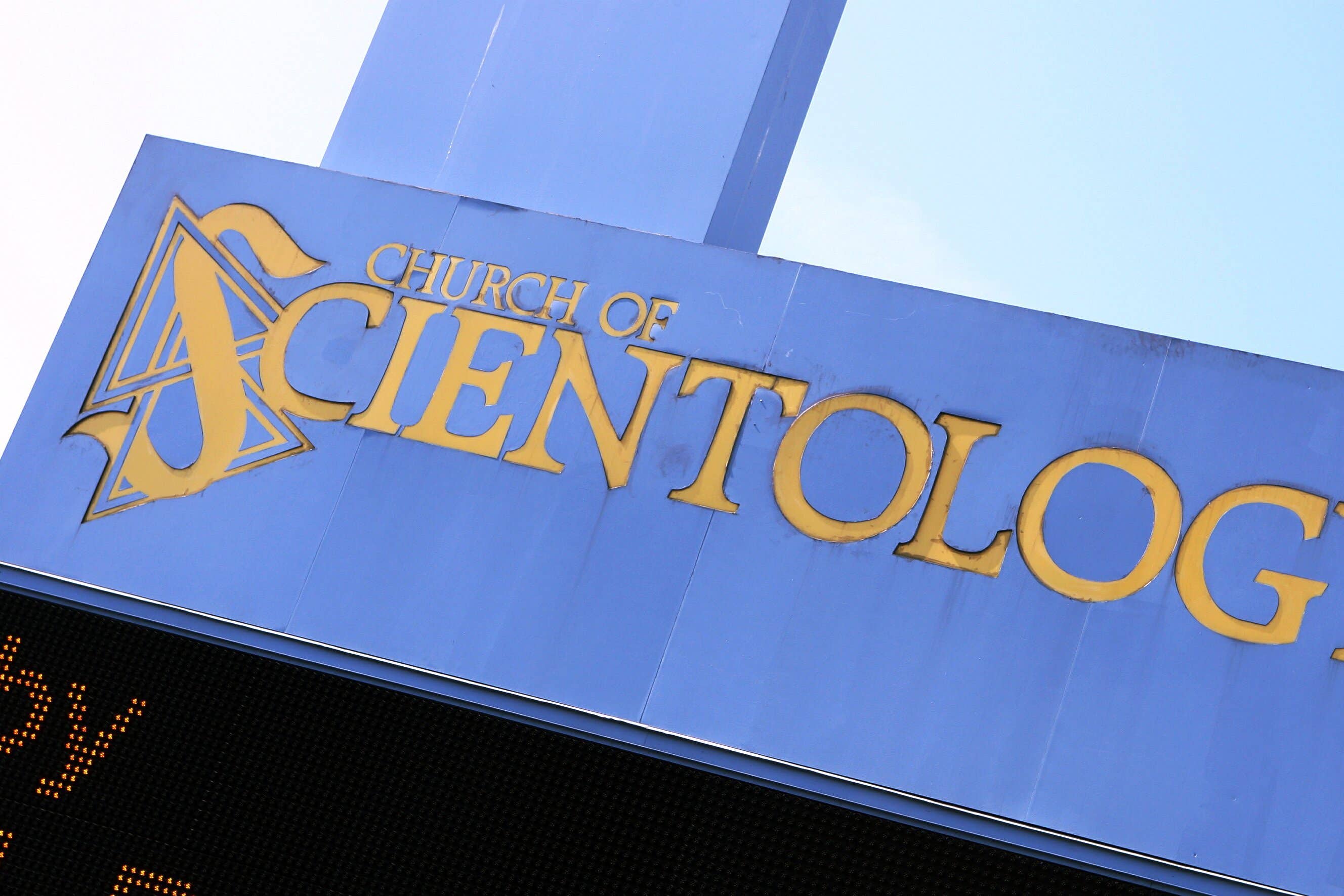Scientologists win the latest stage of ‘public worship’ legal fight
Two appeal tribunal judges have concluded that the chapel at a London Scientology church is a ‘place of public religious worship’

Your support helps us to tell the story
From reproductive rights to climate change to Big Tech, The Independent is on the ground when the story is developing. Whether it's investigating the financials of Elon Musk's pro-Trump PAC or producing our latest documentary, 'The A Word', which shines a light on the American women fighting for reproductive rights, we know how important it is to parse out the facts from the messaging.
At such a critical moment in US history, we need reporters on the ground. Your donation allows us to keep sending journalists to speak to both sides of the story.
The Independent is trusted by Americans across the entire political spectrum. And unlike many other quality news outlets, we choose not to lock Americans out of our reporting and analysis with paywalls. We believe quality journalism should be available to everyone, paid for by those who can afford it.
Your support makes all the difference.Scientologists have won the latest stage of a legal fight centred on whether a Church of Scientology chapel is a place of “public religious worship”.
The Church of Scientology Religious Education College became involved in a dispute, at a specialist valuation tribunal, over whether parts of two buildings used by the Church of Scientology in London were “exempt from non-domestic rating” – one issue centred on a chapel.
Tribunal judges heard that the rating exemption covered “places of public religious worship”.
An HM Revenue & Customs valuation officer had concluded that the chapel, at the London Church of Scientology at 146 Queen Victoria Street, was not a place of public worship – and not exempt – and a valuation tribunal judge had agreed.
But lawyers representing the Church of Scientology Religious Education College have won an appeal fight.
Two appeal tribunal judges have concluded that the chapel is a “place of public religious worship”.
Judges Martin Rodger and Mark Higgin have outlined their conclusions in a written ruling, published online, following a tribunal appeal hearing in London in October.
They have decided that the church “actively invites non-Scientologists” to participate in services.
The church actively invites non-Scientologists who have had no previous significant contact with the religion to participate in its services as a way of introducing them to its message and encouraging them to discover more
“The building itself indicates by its permanent signage and branding that it is a place where strangers are welcome, including to attend services,” the two appeal judges said.
“The church actively invites non-Scientologists who have had no previous significant contact with the religion to participate in its services as a way of introducing them to its message and encouraging them to discover more.
“It uses conventional advertising on its premises, which are open to visitors every day, as well as word of mouth, email invitations and its website.
“Its ambition is not limited to drawing its existing members closer, or attracting their immediate friends and family, and plainly extends to allcomers.”
The two judges said, in 2013, Supreme Court justices had ruled that the chapel was a “place of meeting for religious worship” – under the provisions of the 1855 Places of Worship Registration Act.
But they said Supreme Court justices had not had to consider “whether that worship was public”.
A barrister representing a valuation officer had argued that services “do not involve public worship”.
Hui Ling McCarthy KC, who was instructed by HM Revenue & Customs solicitors, said the “church building itself” looked “like an office building” and pointed to the church’s “relative lack of success in attracting members of the general public to its services”.
Appeal judges heard evidence from a number of church members – including Stefania Cisco, the church’s director of special affairs in London.
She said the “the church’s entire emphasis” was “towards inviting the public into our premises” and to “providing help and services to as many people as possible”.
The two judges outlined detail of the history of scientology in their ruling.
They said the “doctrine of the church” was based exclusively on the writings and recordings of L. Ron Hubbard. Scientologists believed that Mr Hubbard subsequently identified the nature of “life energy” or “life source”, they said.
Mr Hubbard held that people were “spiritual beings” whose “experiences extend well beyond a single current lifetime”.